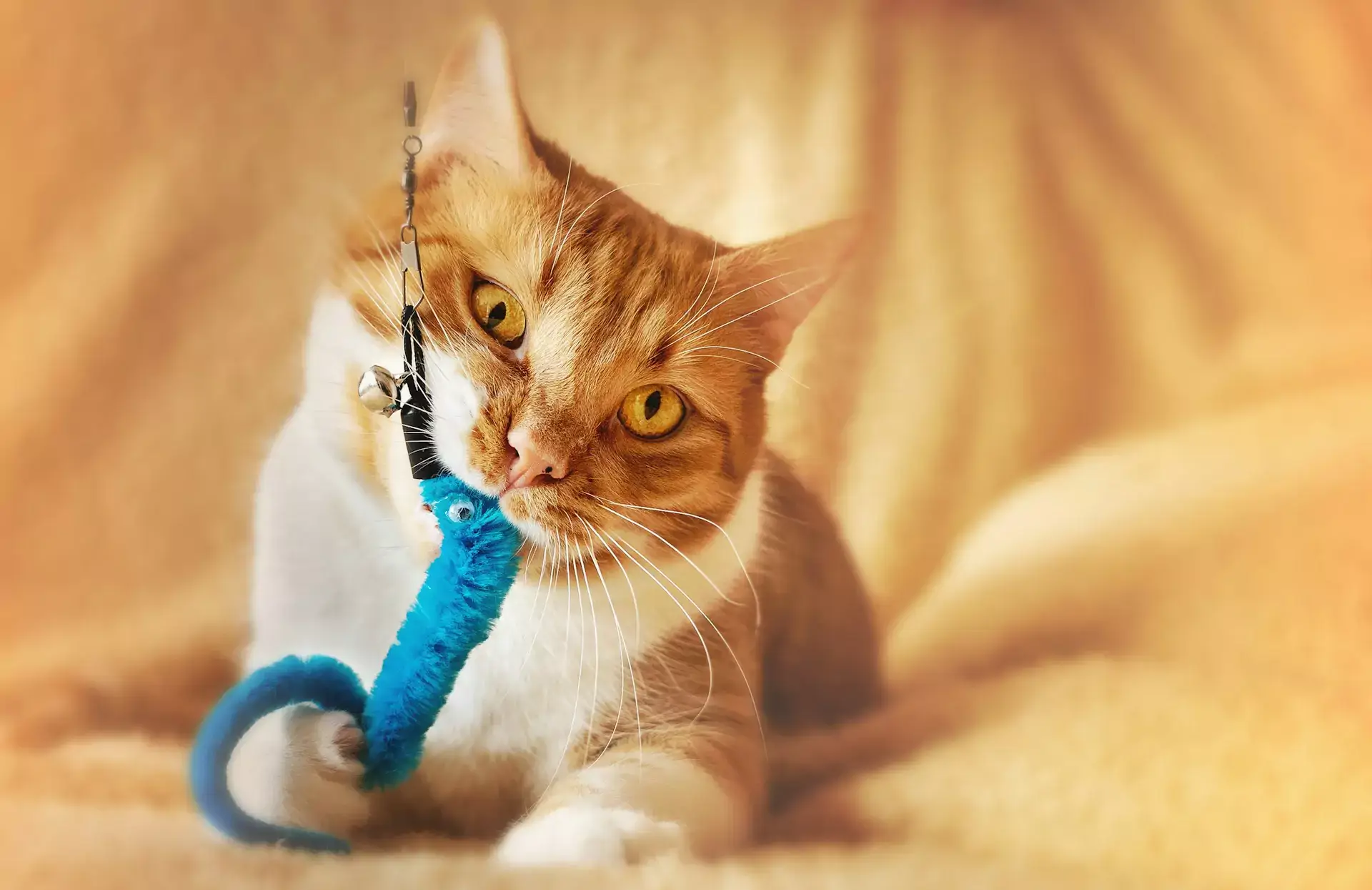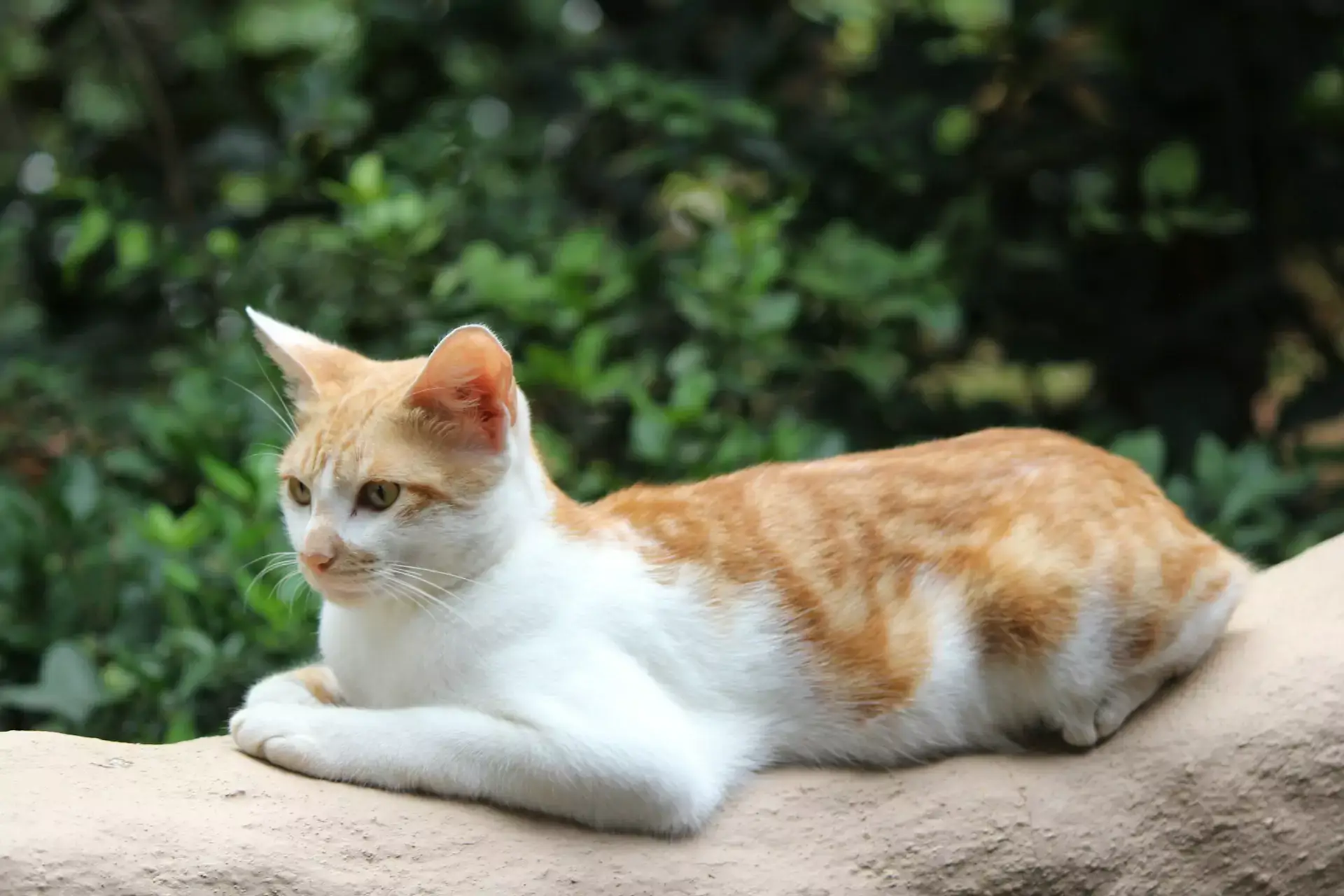Steps To Finding The Right Dog
Are you planning to get a new dog soon? It’s always fun and exciting to welcome a new pooch into your family. However, picking Fido can be a bit daunting. How do you choose the right pooch? In this article from Westside Animal Hospital, a local Savannah, GA veterinarian offers some advice on this below.
Step 1: Figure Out your Dealbreakers
You’ll need to take into account what you don’t want in a dog. Our canine pals can be super cute, but it’s not a good idea to impulsively get a pup that is a complete mismatch logically. For example, if you’re renting and your landlord only allows small dogs, then a Great Dane would definitely not be the right pet. If you want backyard chickens, a dog with high prey drive won’t be a good fit. If you live in an apartment, or have neighbors near you, a dog that barks at everything may cause friction with your neighbor. If you go to events and socialize, a nervous homebody may not be a good match for you.
Step 2: Check The AKC Groups
The AKC is probably the best place to start. Even if you’re not looking for a purebred, you can still find the AKC website useful. We recommend looking over the groupings. Each breed is created for a specific purpose or job. You can actually tell quite a bit about a dog’s temperament by finding out what group it belongs to.
Here are the basic groupings:
- The Hound Dog Group Tracking and following prey are the hounds’ specialties. There are different types of hounds: scent hounds, like the Bloodhound, track by sight, while greyhounds track by scent. The adorable Beagle is included in this group. There’s also a third category, for pooches that don’t easily fit into the first two groups. One thing to keep in mind here? Many hounds are quite vocal. Hounds sometimes make a specific sound, known as baying. This is cute, but you do need to know that Fido may not be the quietest dog on the block.
- The Working Dog Group These dogs were developed to perform a variety of specific tasks, which range from guarding livestock to pulling carts to protecting livestock. Many of these canines are extremely smart. They also tend to be quite strong and sturdy. This group includes renowned watchdogs, such as the Doberman Pinscher and Rottweiler; livestock guardian dogs, such as the Great Pyrenees; and sled dogs, like the husky. These breeds can be very high energy and very focused. Some may not be suitable for first-time dog owners, though it of course varies from breed to breed.
- The Herding Dog Group Some of our most intelligent and active canine pals belong to the herding group. This makes sense: the dogs in this group were tasked with helping their humans herd and protect cattle. Those things require both speed and smarts. German Shepherds, Collies, and Sheepdogs are some of the puppies in this group.
- The Sporting Dog Group The pooches in this group tend to be very athletic and focused. For instance, Labrador Retrievers excelled at bringing game back to humans. These origins remain very prevalent today: swimming and fetching, two of their favorite activities, were both crucial to that first job. Setters and spaniels are also in this group.
- The Terrier Dog Group One thing terriers have in common? They tend to be quite plucky and determined, and perhaps a bit feisty. Smaller terriers were often designed for chasing rodents, sometimes through burrows underground. As a dog in that line of work, Fido should be playful, energetic, and a little bravado, as well as loving and affectionate. The pups in this group are all terriers, but they vary widely in size, coat, and appearance. Some have strong prey drive, which is important for people with cats or other small pets to know.
- The Toy Dog Group Unlike most of the other groups, the pups in the toy group don’t have any specific duties: their main focus is just being adorable. These guys are usually cuddly companion dogs, whose primary responsibility is to charm and comfort their owners. The toy group includes the Chihuahua, Maltese, Pekinese, Pug, Pomeranian, and Yorkie. Many of the toy breeds are ideal for apartment dwellers, because they are so small
- The ‘Other’ Dogs Group Lastly, we have the non-sporting group, a diverse category for dogs that do not neatly fit into other classifications. Although these dogs may not have specific roles like other breeds, this does not mean they lack unique qualities. Consider the Dalmatian, known for its history as a trusted companion to horses and skilled fire dog. The Poodle, formerly famous for its circus performance, is also in this group, as is the lovable French Bulldog, whose adorable features and distinctive ears have earned him the title of America’s most popular dog breed. In fact, the Frenchie recently surpassed even the beloved Labrador Retriever in popularity – a remarkable achievement for such a small canine!
Step 3: Look At Individual Characteristics
Once you have narrowed things down a bit, start looking more closely at the remaining contenders. Every official breed has its own profile.
Here are some things you may want to consider:
- Affectionate With Family
- Good With Young Children
- Good With Other Dogs
- Shedding Level
- Coat Grooming Frequency
- Drooling Level
- Size
- Weight
- Lifespan
- Coat Type
- Coat Length
- Common Health Problems
- Openness To Strangers
- Playfulness Level
- Watchdog/Protective Nature
- Adaptability Level
- Trainability Level
- Energy Level
- Barking Level
- Mental Stimulation Needs
Don’t forget mutts! Mixed breeds offer the best of both worlds. In fact, the vast majority of shelter pups are mixed breeds.
Step 4: Determine The Qualities You Want
If you’re planning on having kids soon, you’ll want a pup that will make a good family pet, as well as one that can withstand accidental toddler roughhousing.
Poodles, for instance, tend to be a good fit for people with allergies. (People tend to react to the dander rather than the fur, but that’s another story.) If you or your family members have allergies, you should look for a pup with fur that won’t cause strong reactions.
Do you want a canine pal that can be trusted off leash? You’ll want an obedient dog who won’t get distracted by every squirrel.
Step 5: Find Fido
Once you have things narrowed down, you’ll have an easier time searching, as you can set filters to suit your needs. No matter how carefully you research and make lists, it’s also important to follow your heart. After you have a few possible contenders, the next step is to spend time with Fido. It’s important to create a personal connection with your pup.
Step 6: Contact your Savannah, GA veterinarian
Once you’ve picked your furry pal, reach out to your veterinarian for specific care tips and advice. We can help you with everything from nutrition to helping Fido get adjusted to staying fit and healthy. We also recommend doing your shopping and petproofing before you bring it home. Just make sure that you are ready, willing, and able to commit to your potential pet. Adoption is a lifetime promise!
As your Savannah, GA pet hospital, we’re here to help you with any questions or concerns you might have.



